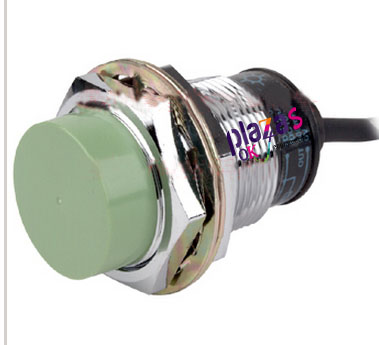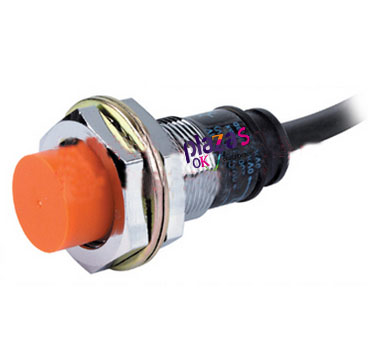What are the main functions of the encoder
What are the main functions of the encoder
Rotary encoder is a rotary sensor that converts rotational displacement into a series of digital pulse signals. These pulses can be used to control angular displacement. If the encoder is combined with gears or spiral screws, it can also be used to measure linear displacement.


The electrical signal generated by the encoder is processed by the digital control CNC, programmable logic controller PLC, control system, etc. These sensors are mainly used in the following areas: machine tools, material processing, motor feedback systems, and measurement and control equipment. The conversion of angular displacement in the ELTRA encoder adopts the photoelectric scanning principle. The reading system is based on the rotation of a radial index plate, which is composed of alternating light-transmitting windows and opaque windows.
This system all uses an infrared light source to illuminate vertically, so that the light projects the image on the plate onto the surface of the receiver, which is covered with a layer of grating, called a collimator, which has the same window as the optical disc. The job of the receiver is to feel the light change produced by the rotation of the disc, and then convert the light change into a corresponding electrical change. Generally, a rotary encoder can also get a speed signal, which has to be fed back to the inverter to adjust the output data of the inverter. Trouble phenomenon: 1. When the rotary encoder is broken (no output), the inverter cannot work normally and becomes very slow, and after a while, the inverter protects and displays "PG disconnection"...the combined action can only take effect. To make the electrical signal rise to a higher level and produce a square wave pulse without any interference, this must be processed by electronic circuits. The connection mode between the encoder pg wiring and the parameter vector inverter and the encoder pg must correspond to the encoder pg model. Generally speaking, the encoder pg model is divided into three types: differential output, open collector output and push-pull output. The signal transmission method must consider the interface of the inverter pg card, so choose the appropriate pg card model or set it reasonably.
Encoders are generally divided into incremental and absolute encoders, and they have the biggest difference: in the case of incremental encoders, the position is determined by the number of pulses calculated from the zero mark, while the position of the absolute encoder It is determined by the reading of the output code. In a circle, the reading of the output code of each position is unique; therefore, when the power is disconnected, the absolute encoder is not separated from the actual position. If the power is turned on again, the position reading is still current and valid; unlike the incremental encoder, the zero mark must be searched for.





